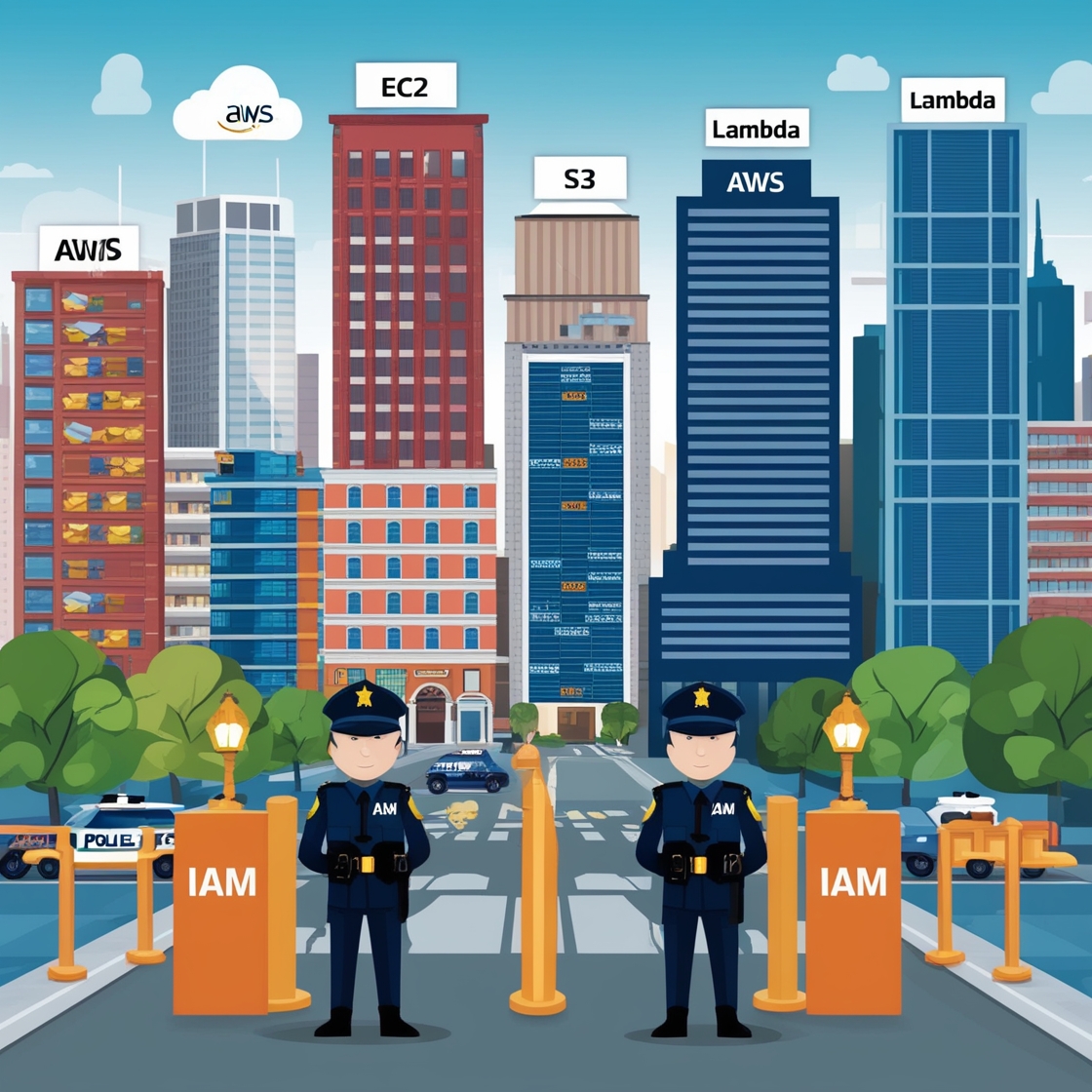Picture this: You’ve developed an awesome web app, but everywhere you look, you keep seeing holes. That is why AWS WAF started coming into the picture – let’s call it, the bouncer who helps keep undesirable people away but lets in the right ones.
What is AWS WAF? 🤔
AWS WAF has the solution as a digital bouncer for your web applications. In other words, WAF secures web applications from the common web attacks and abuse by automated programs that could degrade availability, compromise security or even waste resources.
Key Features That Make AWS WAF Awesome
- Protection in Real-time ⚡
- Every threat gets monitored and blocked in real time.
- Attacks are mitigated within a few milliseconds.
- There are no issues regarding smooth functioning of your applications.
- Flexible Rule Creation 📝
- Create custom rules based on your needs
- Use pre-configured rule sets for common threats
- Mix and match rules for optimal protection
- Deep Integration 🔄
- Works seamlessly with:
- Amazon CloudFront
- Application Load Balancer
- Amazon API Gateway
- AWS AppSync

How Does AWS WAF Work? 🔍
Let’s break it down with a real-world example:
If (incoming_request matches any_malicious_pattern) {
block_request()
} else {
allow_request()
}Practical Example: SQL Injection Protection
Imagine a malicious user trying to inject SQL code into your login form:
'; DROP TABLE Users; --AWS WAF spots this suspicious pattern and blocks the request before it reaches your application. Pretty neat, right?
Setting Up AWS WAF: A Quick Guide 🚀
- Define Web ACL (Access Control List)
- Think of it as your rulebook for traffic filtering
- Choose Rule Groups
- AWS Managed Rules (ready to use)
- Your custom rules
- Marketplace rules
- Set Rule Priority
- Like a security checkpoint, decide which rules to check first
- Configure Actions
- Allow ✅
- Block ❌
- Count 🔢
- CAPTCHA 🤖
Best Practices for AWS WAF Implementation 💡
- Start in Count Mode
- Monitor traffic patterns before blocking
- Avoid accidentally blocking legitimate users
- Layer Your Security
- Combine WAF with other AWS security services
- Use Shield for DDoS protection
- Implement CloudWatch for monitoring
- Regular Rule Updates
- Keep managed rules updated
- Review and adjust custom rules
- Stay informed about new threats
Cost-Effective Protection 💰
AWS WAF pricing is based on:
- Number of rules deployed
- Number of web ACLs
- Number of requests processed
Pro Tip: Start with essential rules and expand based on your needs. It’s better to have focused protection than to overspend on unused rules.
Real-World Success Story 🌟
A leading e-commerce platform implemented AWS WAF and saw:
- 99.9% reduction in SQL injection attempts
- 95% decrease in bot traffic
- 60% improvement in application performance
Frequently Asked Questions ❓
Q: Can AWS WAF protect against all types of attacks?
A: While AWS WAF is powerful, it’s designed specifically for web application attacks. For complete protection, combine it with other security services like AWS Shield and Amazon GuardDuty.
Q: How quickly can AWS WAF respond to attacks?
A: AWS WAF operates in real-time, typically responding to threats within milliseconds of detection.
Q: Can I test WAF rules before implementing them?
A: Yes! Use Count mode to test rules without blocking traffic. This helps you understand the impact before enforcement.
Q: Does AWS WAF work with non-AWS applications?
A: AWS WAF primarily protects applications running on AWS infrastructure. However, you can use it with CloudFront to protect applications hosted elsewhere.
Conclusion: Your Turn to Act 🎯
AWS WAF isn’t just another security tool – it’s your first line of defense against web attacks. Whether you’re running a small blog or a large enterprise application, implementing WAF is like installing a state-of-the-art security system for your digital assets.
Remember:
- Start small and scale up
- Monitor before blocking
- Keep rules updated
- Combine with other security measures
Ready to strengthen your web application security? The best time to implement AWS WAF was yesterday. The second best time is now!
Want to learn more about securing your web applications? Check out the AWS WAF documentation or reach out to AWS support for personalized guidance.
Next: AWS CloudWatch: Your Complete Guide to Cloud MonitoringAWS CloudWatch: Your Complete Guide to Cloud Monitoring








2 thoughts on “Master AWS WAF: The Essential Shield for Web Security”